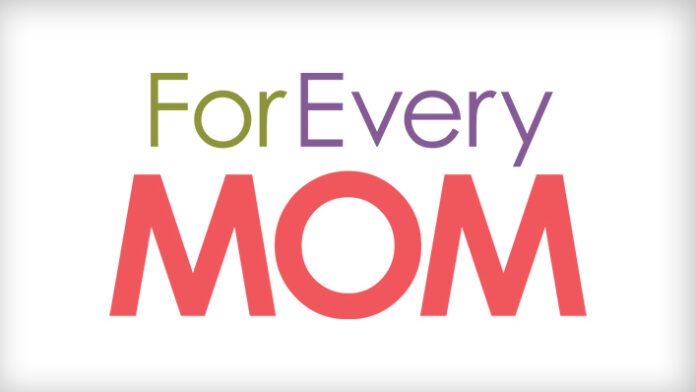Here are a few other ideas to make masks a little more palatable:
- Let kids pick out the fabric patterns that they like; or choose options that fit in with their interests. If they are all about video games, or sports, there is a fabric mask out there for them.
- Add masks into play opportunities, like making them into superheroes—Timmy the Mighty Masked Hero—or playing at being a doctor are two ways to go about it.
- Most kids enjoy being given a ‘grown up task’: they feel a lot of pride in being to help out in some way, so why not make your reluctant mask wearer the family mask monitor? They can be put in charge of making sure everyone has their masks on before leaving the house and everyone is washing their hands after taking the masks off!
- Make masks for your child’s favorite stuffed toy or doll, so that it’s “all in the family!” This helps to normalize the idea of mask wearing for your child.
How to ensure kids are using face masks safely
Teaching anything to children requires a certain amount of repetition and consistency, but it also helps if you too are displaying the behavior you want to see them emulate.
- Get them used to wearing one for increasingly longer periods of time. Expecting a child to go from not wearing one at all to wearing one all day at school isn’t likely to be a positive experience. Work up in 10-15 minute increments to a full hour.
- Choose masks for your child that they can put on and take off themselves, as they will have to be able to do so at school. The ones that tie might be more comfortable for some, but if they can’t tie it properly or tightly enough, it will be good to get them used to other types.
- Clearly demonstrate how to put on and take off a mask and practice it a lot:
- To put it on, wash hands and, using the ear loops, cover the nose, mouth and chin.
- To remove the mask, do the same thing in reverse order: remove the mask and sanitize or wash hands. If it meets your school’s rules, provide your child with a clean container to put the mask in when they have to take it off—to eat lunch, for example. You can practice with them at home, at the dinner table.
- Teach kids not to pull down their masks around their necks, or let them hang off their ears.
It’s important that kids learn not to fuss with the mask once it’s on, and that requires time to practice and get used to. By engaging in play or keeping their hands busy as they get used to wearing a face mask, it will become a matter of routine.

